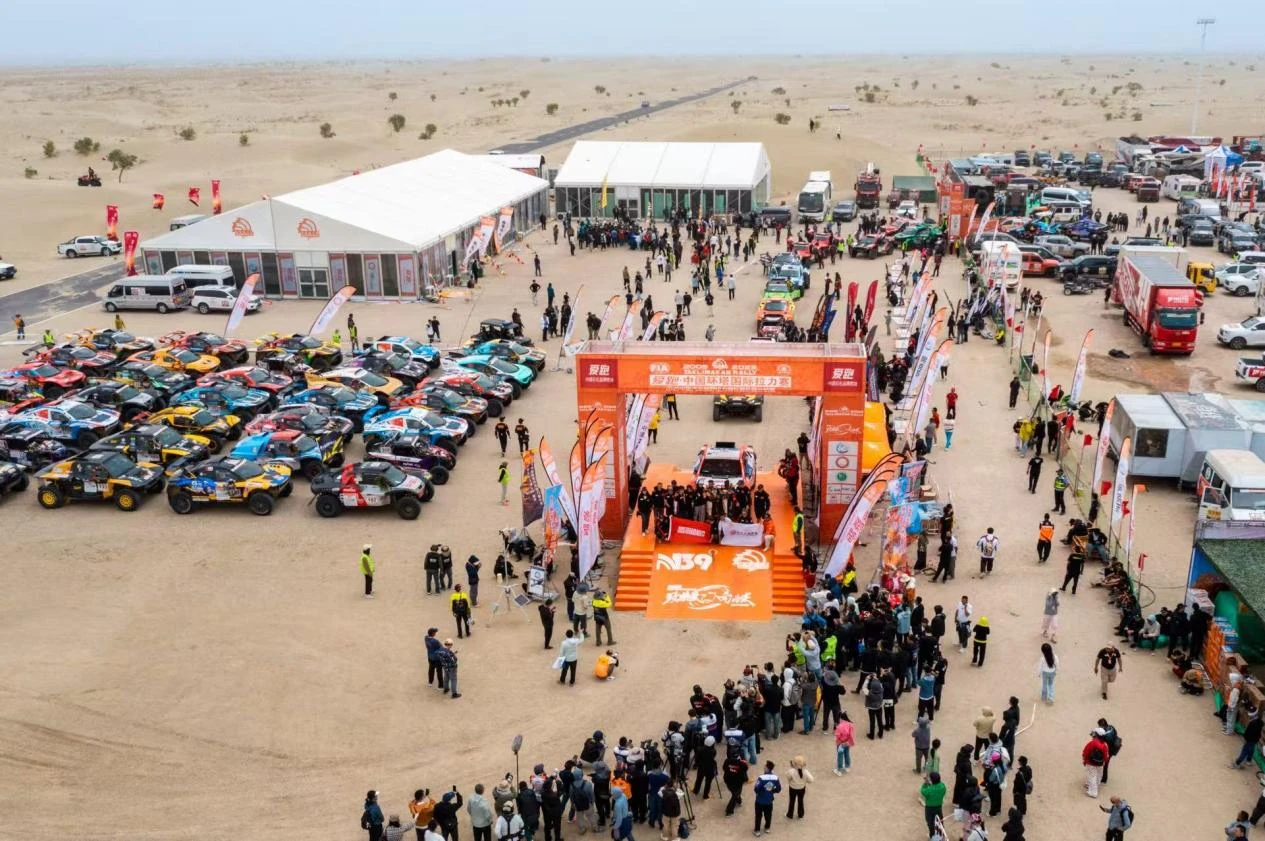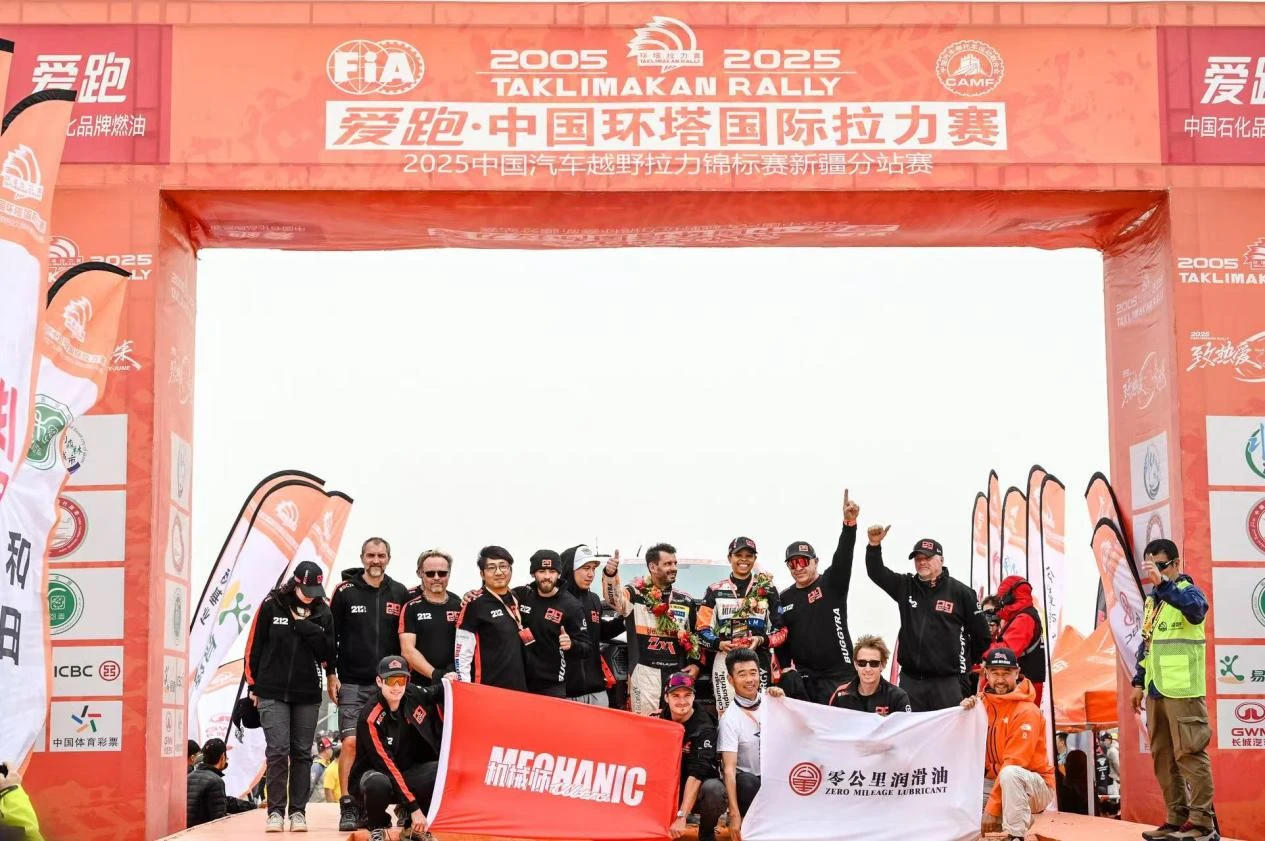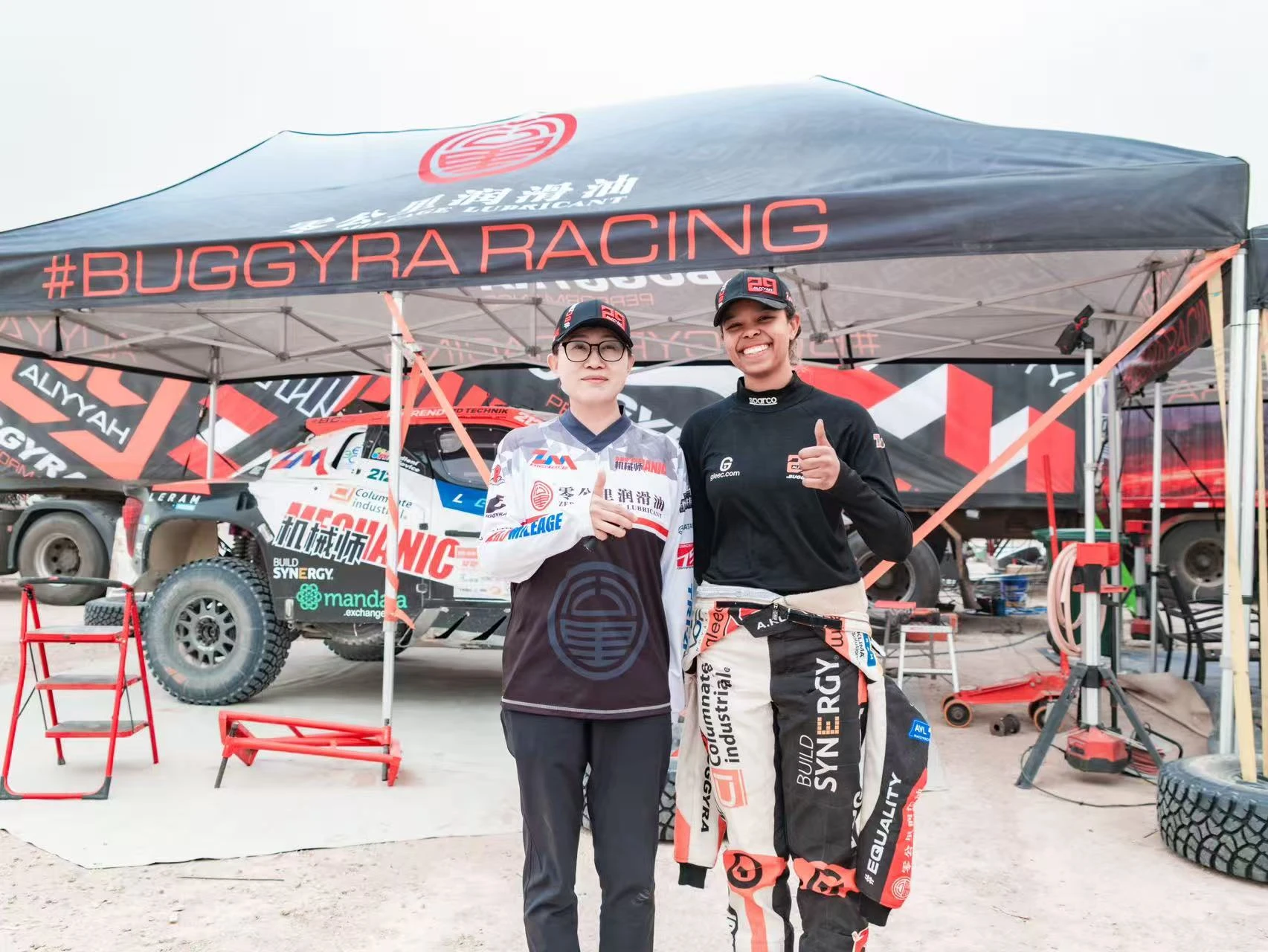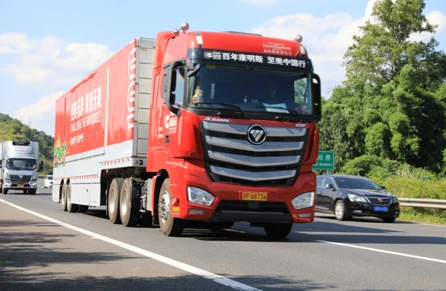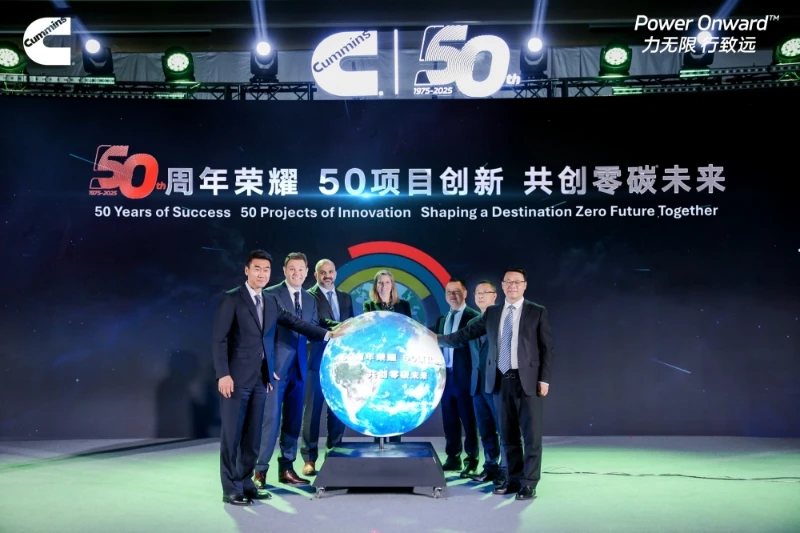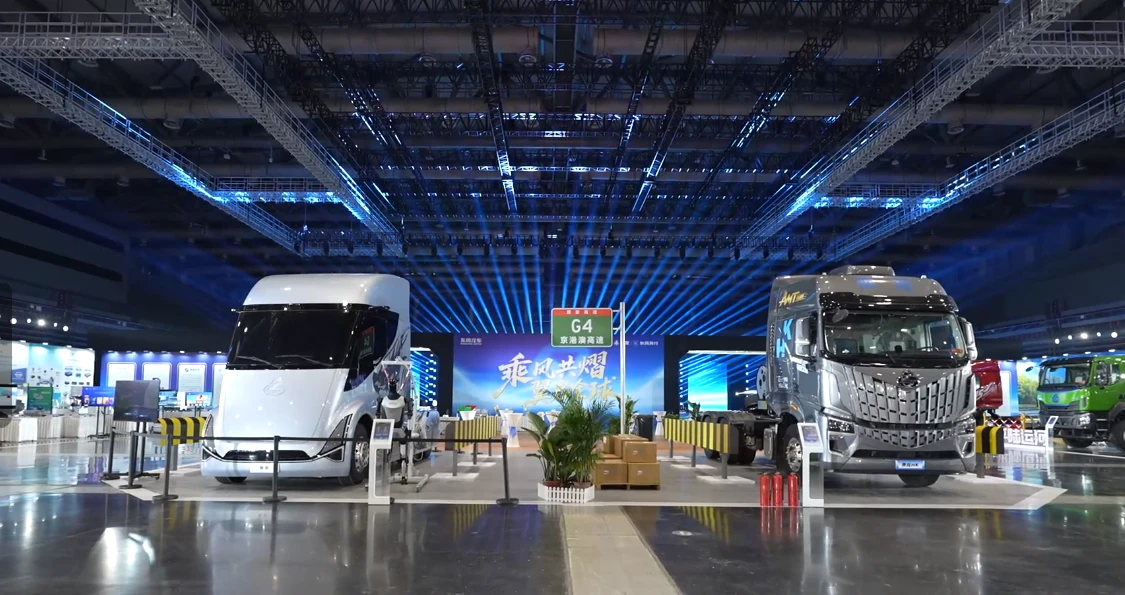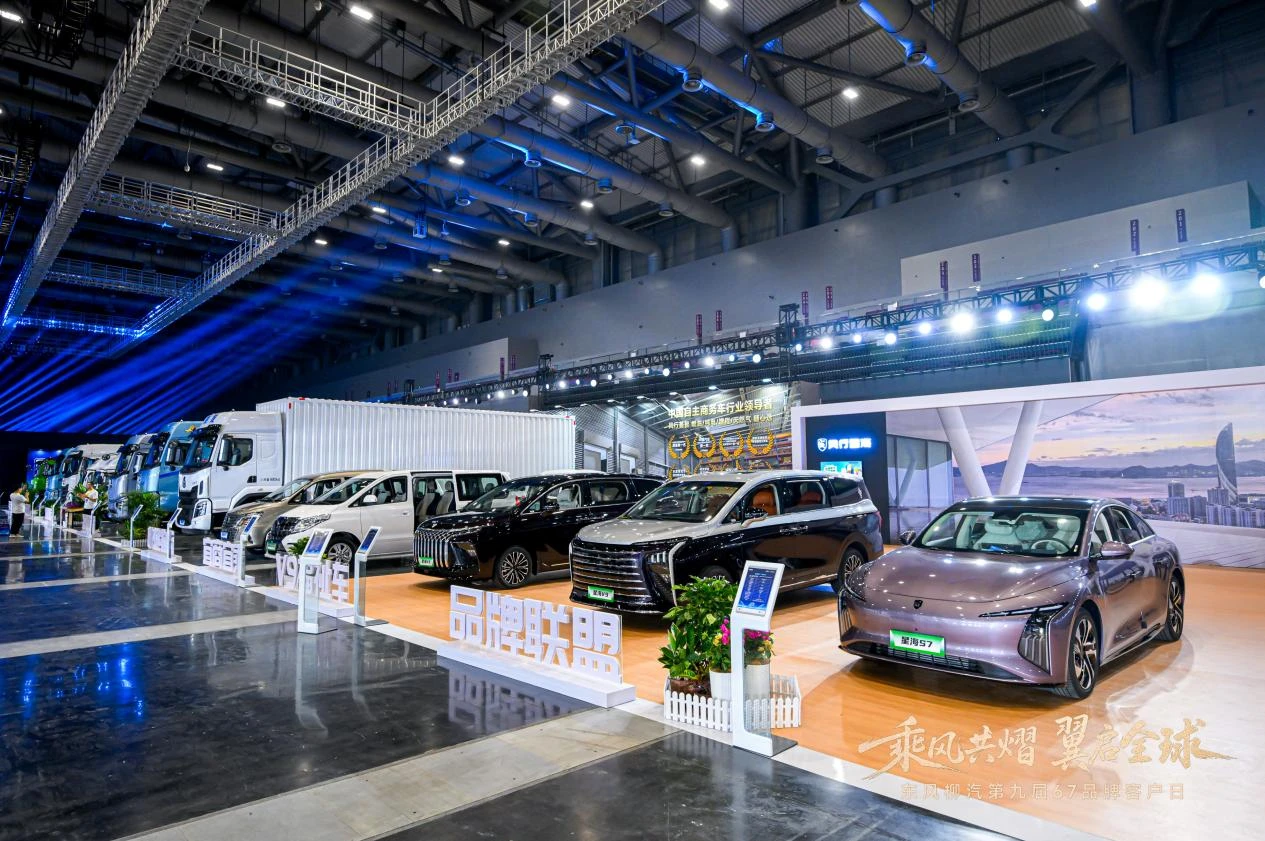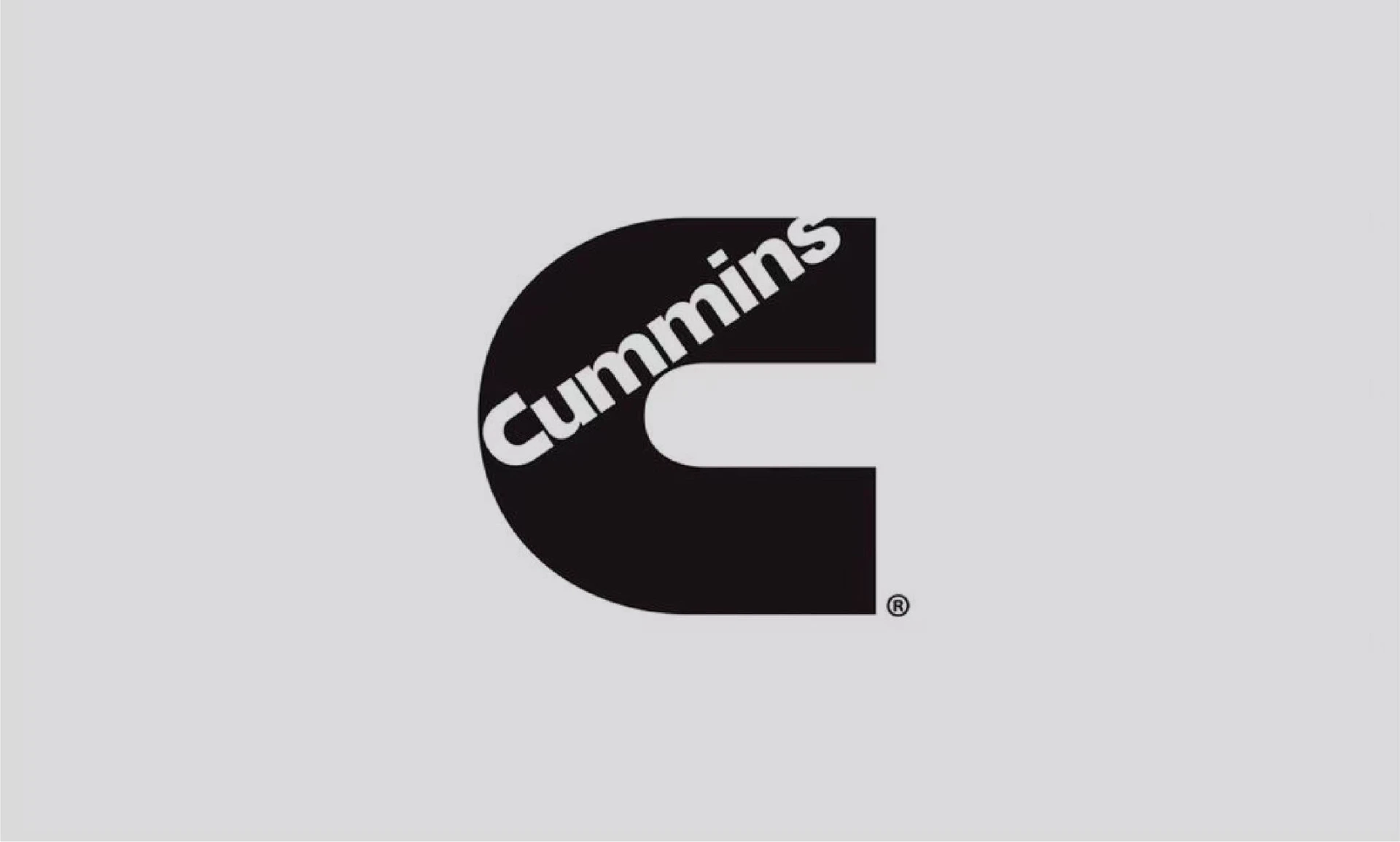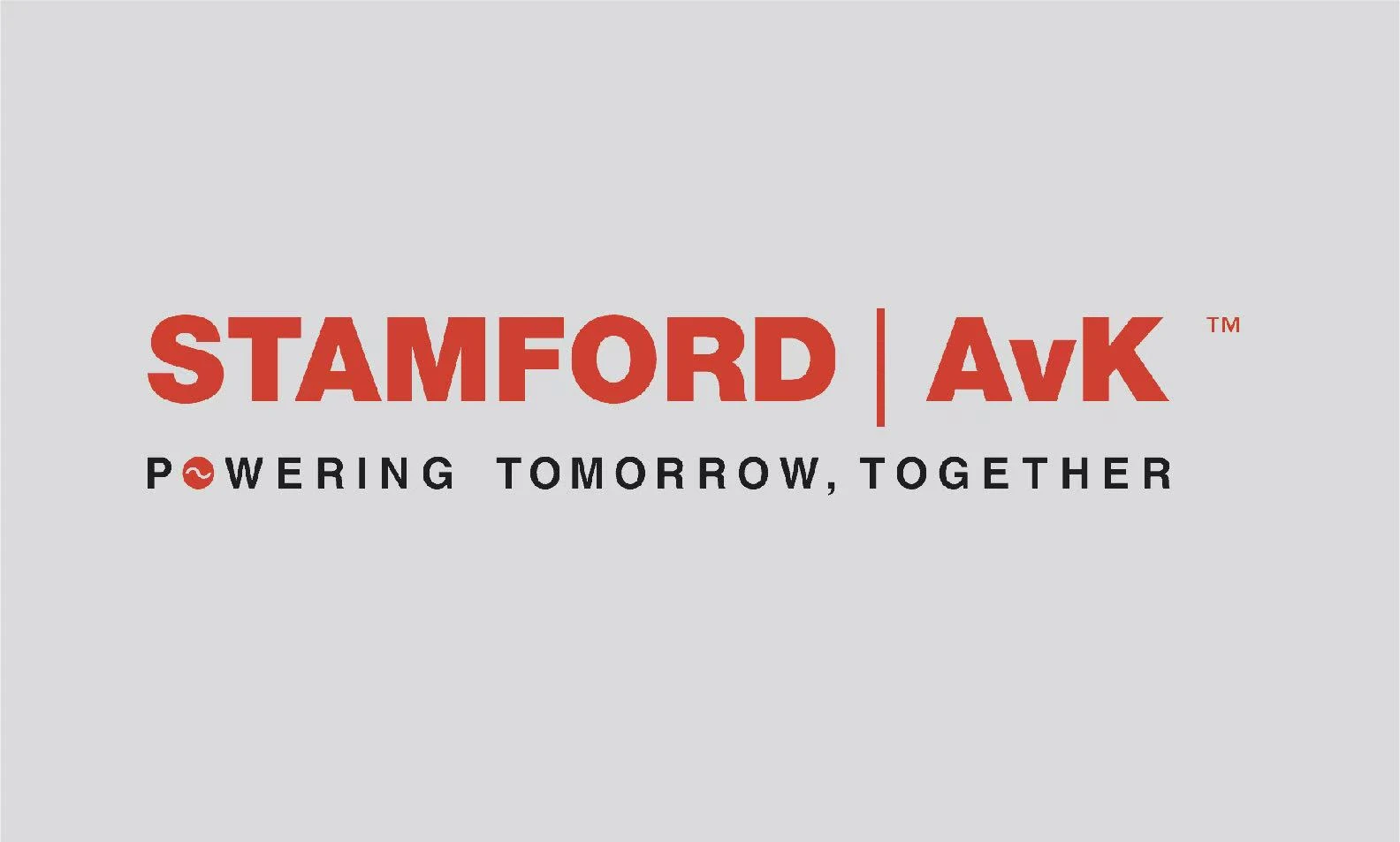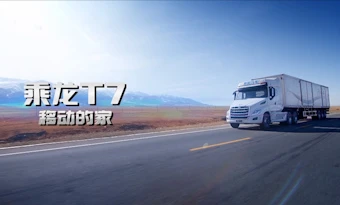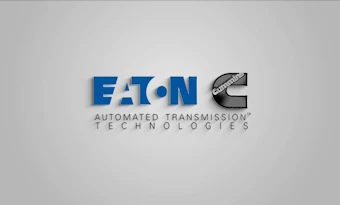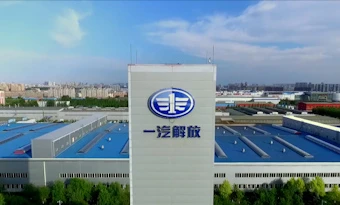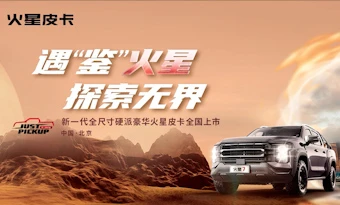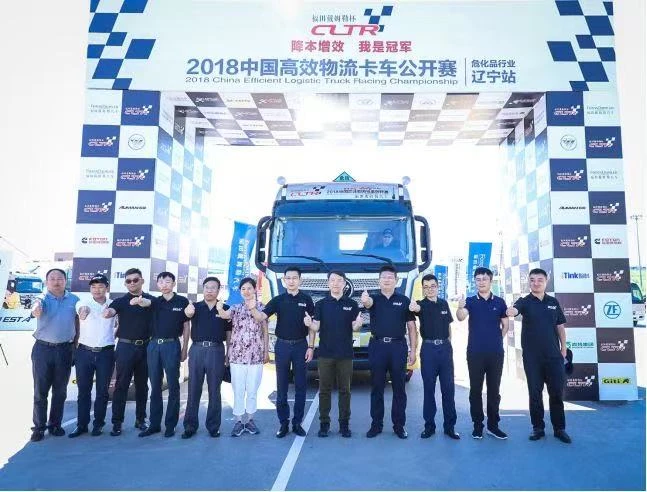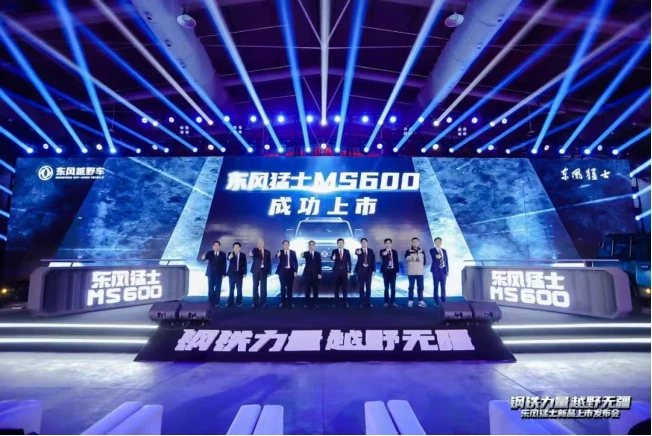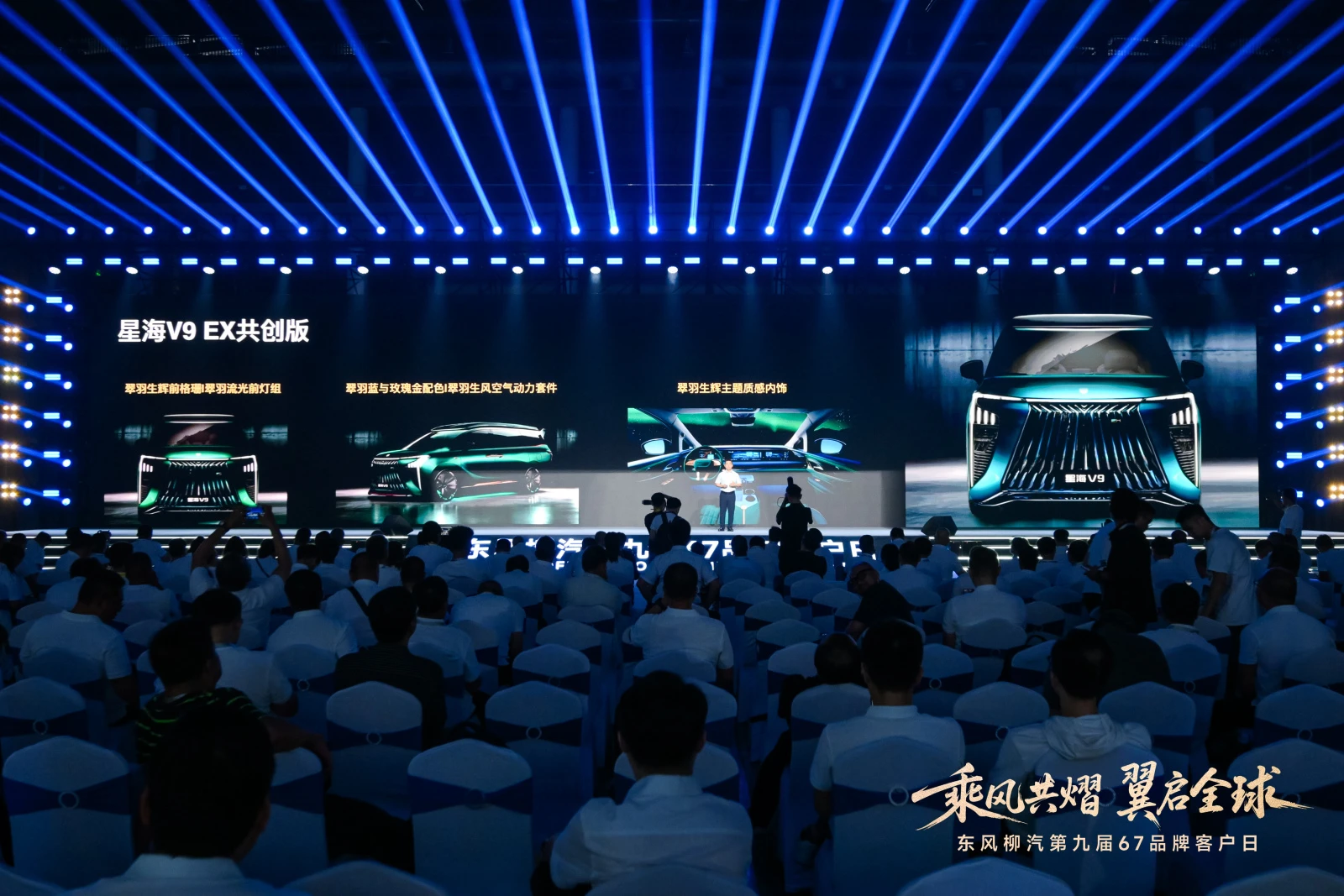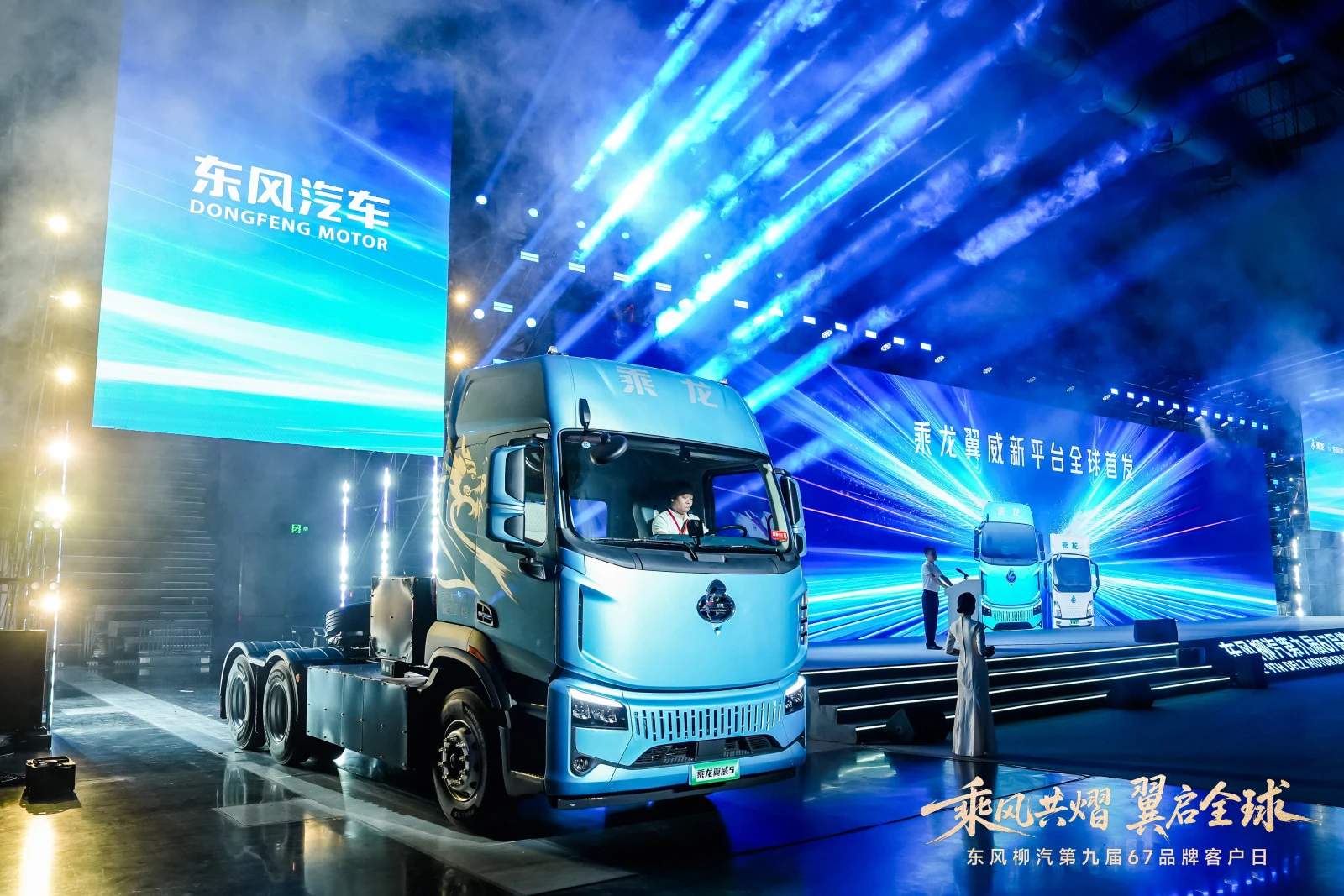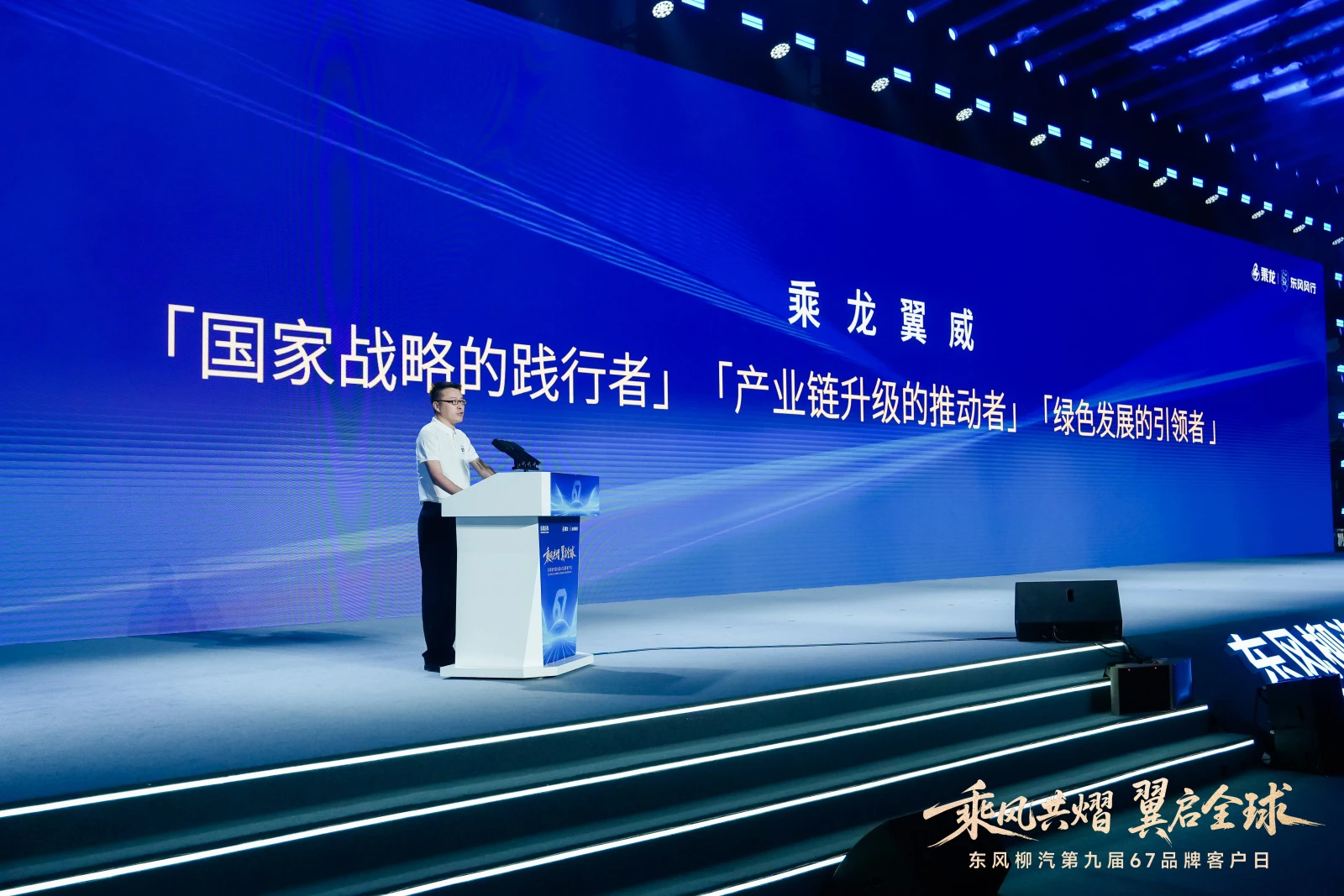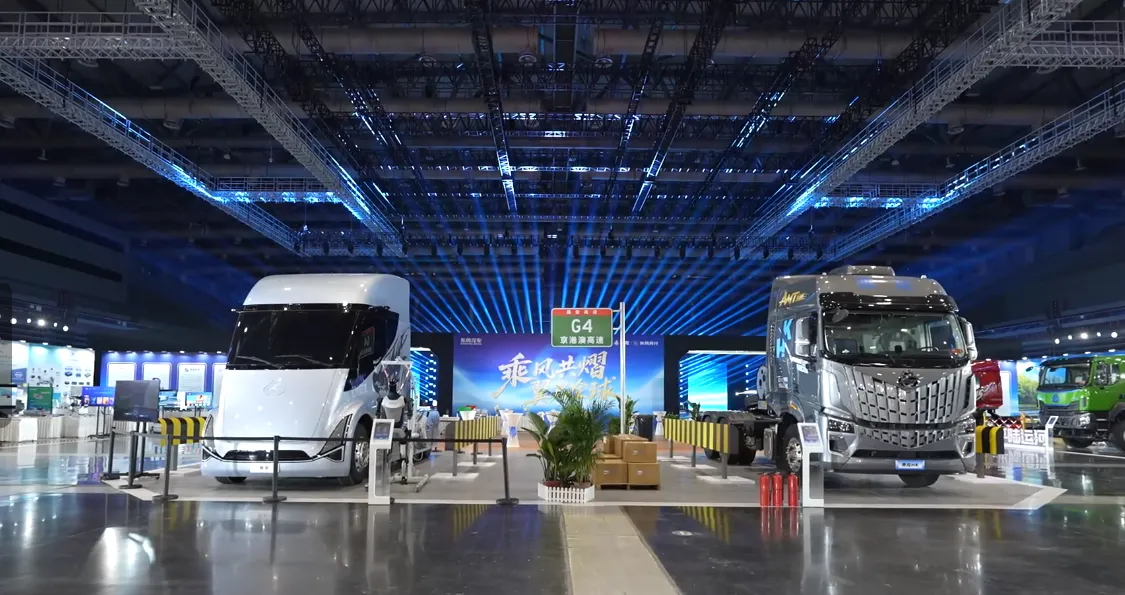Going Global To The Middle East, How Can Chinese Commercial Vehicle Brands Embark On A Path Of Localization And Sustainable Development?
Setting sail and expanding into the Middle East has become a new frontier for Chinese commercial vehicle and machinery manufacturers seeking growth. However, this journey—full of both challenges and opportunities—comes with a unique set of complexities. How can Chinese brands effectively tell their stories in a region that is as much defined by its fiery ambition as its rich heritage?
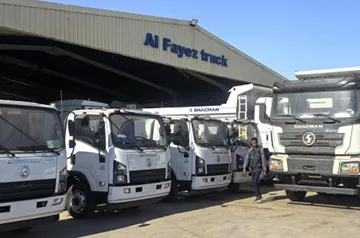
In this episode, we have invited Jack.Wang, an overseas observer from E&C, to share his observations and thoughts on Chinese commercial vehicle brands going global to the Middle East.Not long ago, Jack.Wang led his team on a remarkable journey to the Middle East. They visited cities such as Riyadh, Dammam, Dubai and Abu Dhabi, delved deep into the local commercial vehicle and machinery manufacturing markets, and had face-to-face exchanges with overseas distributors and spare parts manufacturers on topics including market demand and customer preferences. Through on-the-ground investigations, they gained a more authentic, nuanced, and multi-faceted understanding of the Middle East.
In Jack.Wang's opinion, the inclusiveness, diversity, stable political ecology and sound economic foundation of the Middle East are all calling on more Chinese enterprises to deepen their development in this hot land. However, if Chinese enterprises want to enhance their competitiveness in the local market, they need to promote the evolution of business models, transforming from simple trade forms to the overseas expansion of the entire industrial chain. This means that they should not only provide high-quality products, but also actively integrate into the local market, promote the construction of localization, and truly move forward side by side with Middle Eastern users.
Q: In the Middle Eastern cities you visited, what is the business environment like in different countries and regions? What is the development potential of the commercial vehicle markets in Saudi Arabia and the United Arab Emirates?
A: This time, our footprints cover three countries: Saudi Arabia, the United Arab Emirates and Bahrain.Cities we explored, such as Riyadh, Dammam, Dubai, and Abu Dhabi, are all core areas with concentrated populations and active economies in the Middle East, and are highly representative. The business environment in these places can be summarized by two key words: friendly and rigorous.
As is known to all, Dubai is a truly international metropolis that is open, inclusive and diverse. Saudi Arabia is currently aiming to create a second Dubai in the Middle East, and its degree of opening up to the outside world will also deepen accordingly. This provides a favorable investment and cooperation environment for business operators. However, in terms of laws and regulations, especially When it comes to important matters such as business, taxation, etc, these countries demonstrate a high degree of rigor and possess a complete and strict procedural system.
In terms of market development potential, the potential of the entire Middle Eastern commercial vehicle market is undoubtedly huge. However, there are differences among different countries. For example, Saudi Arabia has put forward the Vision 2030, with the core aim of making substantial investments in infrastructure and real estate projects.Markets such as construction and logistics will generate a huge demand for commercial vehicles. Generally speaking, the United Arab Emirates already has a relatively complete infrastructure and has entered a stage of steady development. However, in order to increase the urbanization rate, the government will continue to make large-scale investments. This makes the demand for related industries strong, and the commercial vehicle market has great development potential.
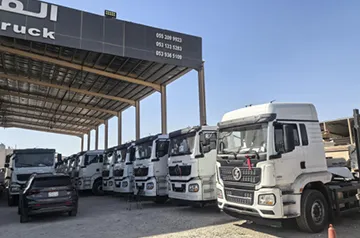
Q: Based on the understanding of users in Saudi Arabia and the United Arab Emirates, what are the characteristics of commercial vehicle users in these regions?
A: There is a distinct difference between the markets in Saudi Arabia, the United Arab Emirates and the Chinese market. There are no individual retail customers.Instead, they are all major clients. Basically, external sales start from dozens of vehicles. Local logistics company owners mainly consider the aspect of efficiency. Therefore, commercial vehicle users in these regions, especially truck users, prefer models with high cost performance when making purchases. They attach importance to the reliability and energy efficiency of vehicles, but have significantly different preferences for light-duty trucks and heavy-duty trucks.
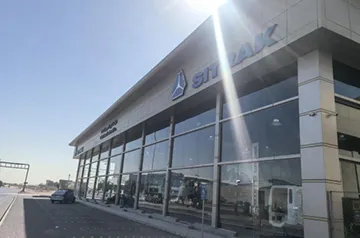
In the field of light-duty trucks, Isuzu from Japan, as a representative, has been deeply rooted in the Middle East market for many years. It features high quality and a higher degree of lean production, and its price is highly consistent with its quality. In contrast, there is a significant gap for Chinese brands. Therefore, local light-duty truck users still have a preference for Japanese light-duty trucks, especially emphasizing brand and quality.
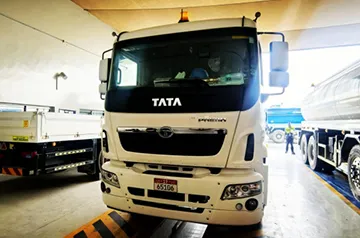
In comparison, among heavy-duty truck users, although the European truck brands still dominate the market at present. Representative brands such as Mercedes-Benz, Scania, and Volvo all hold important positions. However, in recent years, the export volume of Chinese heavy-duty trucks to the Middle East has increased, and their influence has gradually expanded. Chinese heavy-duty trucks have shown stronger competitiveness in terms of cost performance and have also become the choice of many local users. At present, their market share has exceeded 60%, and it will further expand in the future.
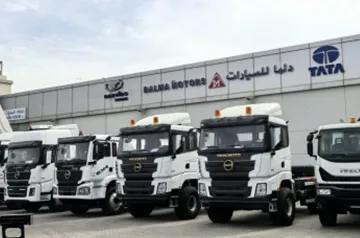
Q: From your observations, what is the local market's level of perception of Chinese commercial vehicles?
A: Generally speaking, the pattern of the Middle Eastern commercial vehicle market includes brands dominated by European and Japanese manufacturers, as well as Indian brands represented by Tata. At present, in terms of product quality and brand influence, Chinese commercial vehicle brands still have a certain gap compared with European and Japanese brands. However, they are far superior to the local influence of Tata. Therefore, Chinese commercial vehicle brands are at a middle level of perception.
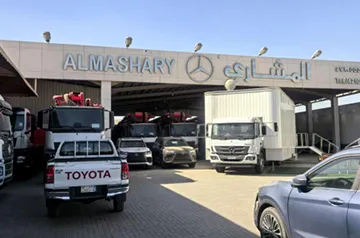
In addition, it is worth mentioning that after-sales service is a very important aspect for Chinese brands in order to enhance perception and attract purchases. However, in the Middle Eastern market, it is not a decisive factor in purchasing. Users in the Middle East have established a relatively mature and complete network of service stations. Therefore, for newly entered brands, simply building a service station is not enough to attract their purchases. They attach more importance to factors such as the cost performance and quality of products. In particular, word-of-mouth communication is an important factor in strengthening the perception of local users and increasing their willingness to buy.
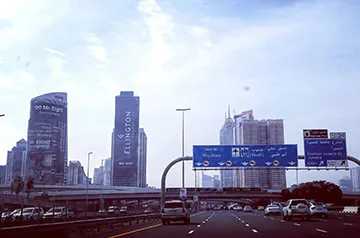
Q: Compared with competitors such as other local and international brands, what is the greatest advantage of Chinese commercial vehicles in the Middle East market? And in which aspects are there still some shortcomings?
A: At present, the Middle East has a weak industrial base and no local brands. It mainly relies on the import of complete vehicles, which provides a favorable market environment for the development of Chinese commercial vehicles in the region. Compared with international brands, Chinese commercial vehicles also have significant advantages between new European trucks and used European trucks. In particular, they stand out in terms of cost performance, reliability, and maintenance costs, and are gradually replacing the used European truck market.
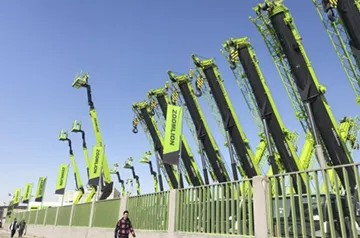
However, the shortcomings are also quite obvious. On the one hand, in terms of products, there is still much room for improvement in aspects such as the total cost of ownership TCO(Total Cost of Ownership)and intelligence of vehicles when compared with international brands. On the other hand, international brands have established a systematic and localized production system by building KD(Knockdown)factories and establishing local partnerships. At present, we mainly enter the Middle East market through trade. In the eyes of local users, we are more of a trader rather than a brand with a solid industrial foundation and market roots.
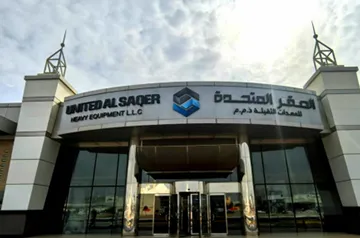
Q: During this visit to the Middle East, what successful landing cases of Chinese commercial vehicle and construction machinery enterprises have you observed? What valuable experiences and profound inspirations do these cases provide?
A: In fact, regarding enterprises going global, China has provided all-round and multi-level support in terms of financial services and policies. Especially driven by the Belt and Road Initiative, while helping with the infrastructure construction in the Middle East, China has to some extent boosted the export demand for construction machinery products. Compared with Chinese commercial vehicle enterprises, Chinese construction machinery brands such as Sany, XCMG and Zoomlion entered the Middle East market much earlier, and there are many aspects worthy of our reference.
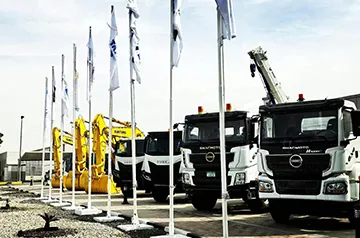
On the one hand, these enterprises have improved their overseas layouts through capitalized operations. Moreover, the acquired enterprises, such as Putzmeister in Germany, which is known as the German Elephant, and CIFA in Italy, are all first-class machinery manufacturers in the world. Through overseas mergers and acquisitions, these enterprises have rapidly expanded their global influence.On the other hand, they attach great importance to localization. A series of measures such as building local factories and arranging the industrial chain are all positive and effective ways to promote localization. For enterprises that are still going global through trade, if they want to transform and upgrade from a single trade model to a model combining trade and direct sales, and further to an industrialized approach to going global, the proactive exploration and practice of these enterprises in localization are worthy of reference and learning.
Q: What particularly impressive or inspiring discoveries did you make during this visit to the Middle East? What are the points worthy of reference or consideration for the development and market expansion of Chinese commercial vehicles from these discoveries?
A: First of all, when it comes to the development of a region, politics always comes first. Most of the Middle East is made up of absolute monarchy countries, and the majority of countries mainly follow Islam. The dominance of the royal families and the religious unity have laid a solid foundation for the stability of the political ecology. Therefore, the entire region shows a relatively stable political situation. Secondly, the Middle East not only has abundant oil resources, making it extremely wealthy, but also occupies a crucial strategic position at the junction of Europe, Asia, and Africa. With prosperous business activities and a sound economic foundation, all these provide a favorable external environment for the development of Chinese commercial vehicles in the local area.
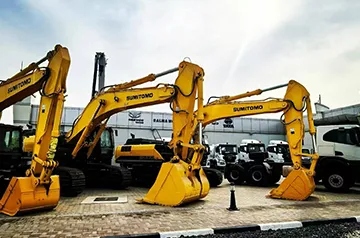
Looking ahead, Chinese commercial vehicle brands must rethink their role in overseas markets — shifting from “backpackers,” who pursue short-term gains and quick exits, to “rooted builders,” who grow with and contribute to the local ecosystem.In the Middle East, local users are not just looking for products — they are seeking long-term partners who understand their needs and share their vision. This goes beyond simple localization. It’s about building trust, adapting to local regulations, respecting culture, and most importantly, moving beyond transactional trade to establish a fully integrated value chain.Only by becoming what we call “rooted builders ” — deeply rooted, trusted, and collaborative — can Chinese brands truly tell their stories in the Middle East, walk alongside local users, and build a path toward sustainable global growth.



